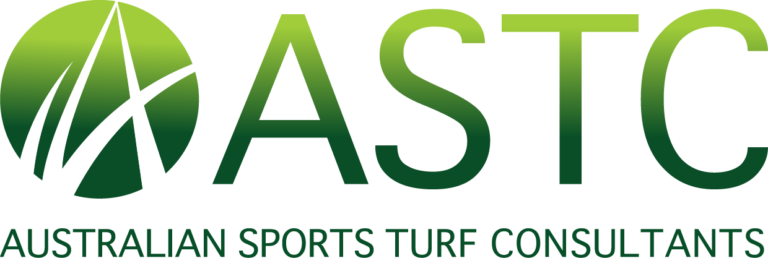Sports Turf Maintenance
Turf Maintenance
We pride ourselves on our nation’s sporting prowess and, in general, we place high expectations on our sports turf at either a community based or elite level. Historically, there was greater acceptance of the playing surface condition. Good or bad, it was considered the same for both sides. However, in this new era of sport, the playing surface, like all other aspects of the game, is required to meet a “standard”. A below par surface will not only impact on the quality of the match, but also the likelihood of player injury. In order for an athlete or team to successfully perform, it is essential that the playing surface be appropriately managed, consistent and most importantly, safe (Roche, 2010).
Information to assist you
Following is information to assist your club and volunteers on planning, budgeting for and implementing a turf maintenance program for your sports field.
Table 1: A general annual turf maintenance plan to assist with the upkeep of your sports field
| Season | Task | Description |
|---|---|---|
| SPRING | Mowing | Mow weekly. |
| Renovations | Scarify to remove thatch and topdress with sand if achievable. | |
| Turf Replacement | Turf replacement should be undertaken following fixtures to highly worn turfed areas. | |
| Fertiliser | Fertiliser immediately following renovations in September. Secondary application, smaller amount, in November if required. | |
| SUMMER | Mowing | Mow weekly. |
| Fertiliser | Fertilise again in February. | |
| AUTUMN | Mowing | Mow weekly to fortnightly. |
| Fertiliser | Fertiliser again in May to get you through until spring. | |
| WINTER | Mowing | Mow weekly to fortnightly. |
| Weed control | Be mindful of germinating weeds in spring. Pre-emergence weed control may be necessary. | |
| Soil testing | Independent soil testing is recommended in July to determine your soil fertility and nutrient requirements. | |
| Irrigation audit | Conduct an internal irrigation audit in June to make sure everything is operation and efficient. | |
| Sportsfield audit | Conduct an annual Sports Field Audit to assess the playing surface conditions is recommended. |
Table 2: The likely minimum weekly water use for acceptable turf based on seasonal conditions for warm-season turfgrass
| Summer January | Autumn April | Winter July | Spring October |
|---|---|---|---|
| 13.0–20.7 mm | 7.7–12.3 mm | 5.25–8.4 mm | 11.4–18.2 mm |
Table 3: Functions of major turf plant nutrients and symptoms of deficiency
| Element | Role in the turf plant | Deficiency symptoms |
|---|---|---|
| N – nitrogen | Chlorophyll and protein synthesis. The main nutrient to promote good surface coverage | Overall paleness, slowed growth, reduced turf density, weed invasion |
| P – phosphorus | Cell division and growth | Reduced root and shoot growth, stunted dark green to reddish foliage |
| K – potassium | Water translocation and cell wall turgidity. Important to drought and wear resistance | Reduced shoot length and root growth. Tip dieback, yellowing older leaves. Decreased disease and drought tolerance |
| Fe – iron | Enzyme function (chlorophyll and nitrate) | Yellowing and chlorosis (striping in grasses) to complete whiteness. Reduced root growth |
| Ca – calcium | Cell division and growth | Reduced root growth and disease resistance, red-brown leaf margins |

